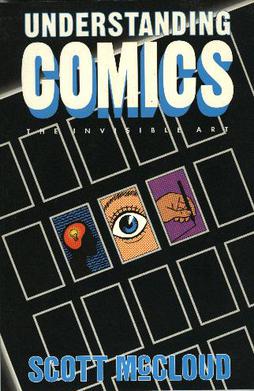
Interfacing D with C: Strings Part One
This post is part of an ongoing series on working with both D and C in the same project. The previous two posts looked into interfacing D and C arrays. Here, we focus on a special kind of array: strings. Readers are advised to read Arrays Part One and Arrays Part Two before continuing with this one.
D strings and C strings are both implemented as arrays of character types, but they have nothing more in common. Even that one similarity is only superficial. We’ve seen in previous blog posts that D arrays and C arrays are different under the hood: a C array is effectively a pointer to the first element of the array (or, in C parlance, C arrays decay to pointers, except when they don’t); a D dynamic array is a fat pointer, i.e., a length and pointer pair. A D array does not decay to a pointer, i.e., it cannot be implicitly assigned to a pointer or bound to a pointer parameter in an argument list. Example:
It may appear at first blush as if passing D and C strings back and forth can be a major headache. In practice, that isn’t the case at all. In this and subsequent posts, we’ll see how easy it can be. In this post, we start by looking at how we can deal with NUL termination and wrap up by digging deeper into the related topic of how string literals are stored in memory.


















